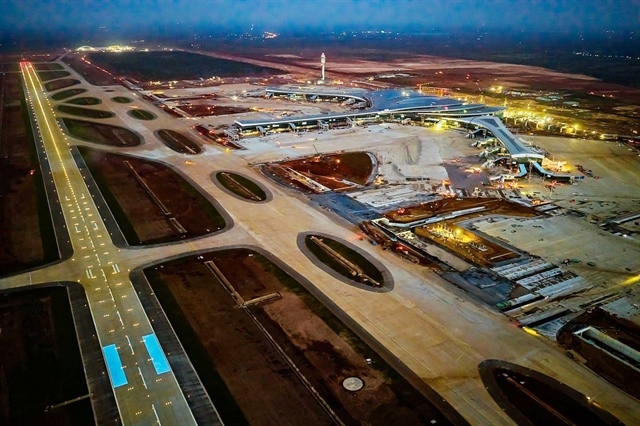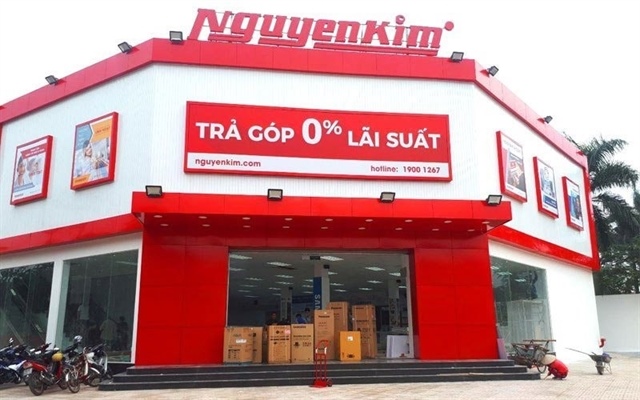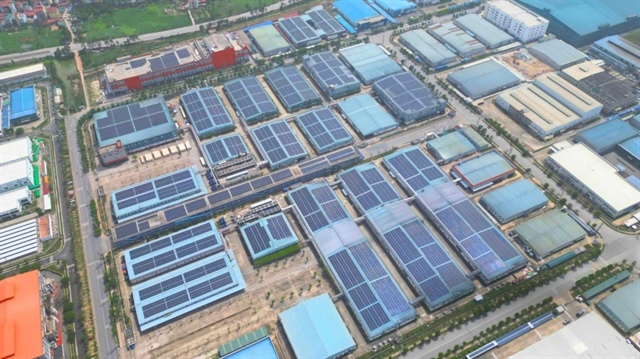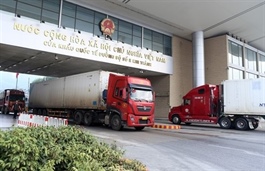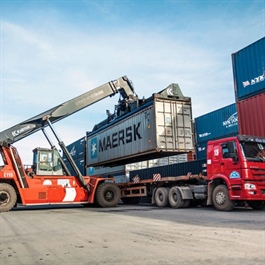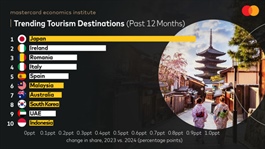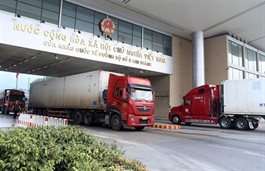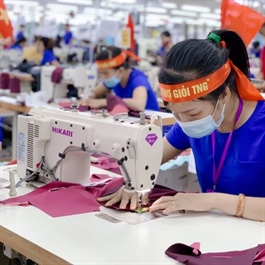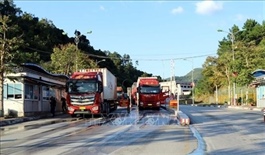VN aims to build a modern, sustainable, efficient logistics industry
VN aims to build a modern, sustainable, efficient logistics industry
The Ministry of Industry and Trade is speeding up the development of a strategy to create a modern, sustainable and efficient logistical service industry in the 2025-35 period with a vision to 2045.
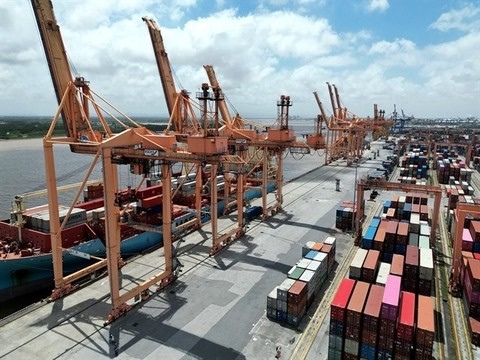
Tân Vũ Port, Hải Phòng. Việt Nam needs a long-term development strategy in order to build a modern and sustainable logistics industry. — VNA/VNS Photo Tuấn Anh |
Trần Thanh Hải, deputy director of the ministry’s Import-Export Department, said that the domestic logistics industry remains uncompetitive.
He said that around 89 per cent of existing logistics enterprises in Việt Nam are domestic and hold a market share of just around 30 per cent. About 95 per cent of domestic enterprises are SMEs, while Việt Nam’s logistics come at a much higher cost than in other countries, estimated to be equivalent to 18 per cent of GDP, compared to the global average of 14 per cent.
Improving the competitiveness of the domestic logistics industry is critical in the context of rapid international integration, an indispensable part of production and business along with the rapid development of science and technology, he said.
Việt Nam needs a long-term development strategy for the logistics industry. “A development strategy to 2035 with a vision to 2045 will link logistics with the development of goods production, import and export, transport infrastructure and information technology in a sustainable, modern and efficient direction,” Hải said.
The draft strategy has set a target that the logistics industry will contribute 5-7 per cent to GDP by 2035, from a current 4-5 per cent. The annual growth rate needs to reach 12-15 per cent per year with the logistics cost to fall to 12-15 per cent of GDP.
Việt Nam aims to rank among the top 40 in the world by the logistics performance index (LPI). It wants to have around 80 per cent of domestic logistics companies using digital transformation solutions and half of vehicles used in the logistics sphere should be using green energy.
To achieve these goals, the draft strategy sets out measures including improving the investment environment, speeding up logistics infrastructure development, promoting the development of the logistics market, improving competitiveness of domestic companies and increasing the use of science and technology.
Deputy Minister of Industry and Trade Nguyễn Sinh Nhật Tân said that the focus should be on ensuring the consistency with other development plans and enhancing the links between logistics services among regions and localities.
In addition, the strategy should focus on enabling domestic firms to expand market shares and compete with foreign rivals.
Stressing the importance of logistics over the next term, Tân asked the development of the strategy to be accelerated and submitted to the Prime Minister early.
Việt Nam’s logistics performance index (LPI) reached 3.3 points in 2023, up from 3.27 points in 2018, ranking the country 43 out of 154 countries worldwide and fifth among ASEAN countries. Logistics revenue was estimated at around US$42 billion, increasing 14-16 per cent per year on average.


